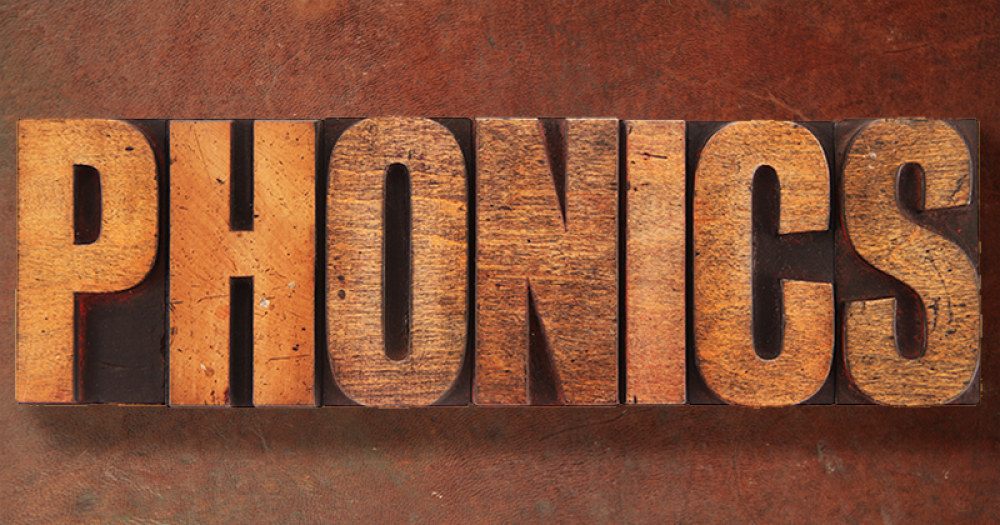The government has confirmed details of this year’s autumn phonics screening check, following the cancellation of the test in June.
The Standards and Testing Agency announced in July that schools would be asked to administer a previous version of the check in the autumn term to year 2 pupils, who would normally have sat the check in June.
Now further guidance has been published by the government. Here is what schools need to know.
1. Schools must submit results by the end of term
As reported earlier this year, schools will have to administer the check in the second half of the autumn term – between the October half term and Christmas.
Today’s document states that schools must then submit phonics results for year 2 pupils to local authorities by the end of the autumn term.
LAs will then have until January 22 to submit data to the Department for Education.
2. Absent pupils will take the check in June
The guidance states that pupils who are absent from school for the entirety of the second half of the autumn term will become eligible to take the check in June 2021.
However, pupils in the same cohort “can take the check on different days”, the DfE said.
“If a pupil is absent when the rest of the cohort takes the check, schools can administer the check to the pupil at any point up until the end of the 2020 autumn term. Any pupil who is absent from school for this entire period should be recorded as ‘A’ (absent) in the results data.”
3. Three years’ worth of materials available
Schools will be using past phonics tests for the autumn check.
The DfE has said today that they can choose from materials used in 2017, 2018 and 2019.
If pupils have already seen all the past materials available, schools “should choose the version that the pupils are least familiar with or the version that they completed the longest time ago”, the guidance states.
“Schools can use check materials from different years for pupils in the same cohort, if required.”
As usual, schools can adapt materials to meet pupils’ specific needs.
4. Heads will decide which pupils don’t take part
As usual, it will be up to headteachers to decide which pupils are exempt from participating in the check.
This will be in cases where heads decide it’s “not appropriate” for a pupil to take the check. This could include pupils who have shown “no understanding of grapheme-phoneme correspondences”, those with limited fluency in English, those who use British Sign Language and pupils who are mute or selectively mute.
Heads will have to explain to parents if their child is being exempted, and where appropriate, provide documentary evidence to support their decision and “explain how you are helping the pupil to learn to decode using phonics”.
Schools still have to submit data for those who do not take the check, but should mark them as “D”.
5. No separate declaration form needed
School leaders usually have to submit a headteacher’s declaration form along with phonics results when the check takes place in June.
However, the DfE has said today that heads will not need to complete a separate form for the autumn check.
“The phonics screening check HDF submitted by schools in June 2021 will cover both checks,” the guidance states.
6. Guidance on pupils who move schools
For pupils who move schools before October half term, the receiving school should assess the pupil and submit data for them.
For those moving after the half term, receiving schools “should find out whether the pupil has already taken the autumn check (if not, they should assess the pupil and submit data for them)”, the DfE said.
If pupils move after taking the check, their original school should submit the data and provide it to their new school.
7. Data will not feature in national statistics
The DfE says it will use the data from the autumn check to determine whether pupils have met their “expected standard” in phonics. Those who do not will re-sit it in June 2021.
Results will also be used to create school-level “expected lists”, which are provided to LAs “to help inform their monitoring of the June 2021 check”, and pupil-level results will be added to the national pupil database “as the record of the relevant pupil’s phonics assessment”.
However, data from the autumn check will not be added to the DfE’s analyse school performance tool, or reported in national statistics, though schools “should use the assessment outcomes to help inform their own teaching and support to pupils”.
Headteachers “must report pupils’ results to parents in their annual reports”, the guidance states.
8. Order braille versions by October 23
Schools can order braille versions of the 2017, 2018 or 2019 phonics screening check if needed.
The deadline for orders is Friday October 23.








Your thoughts